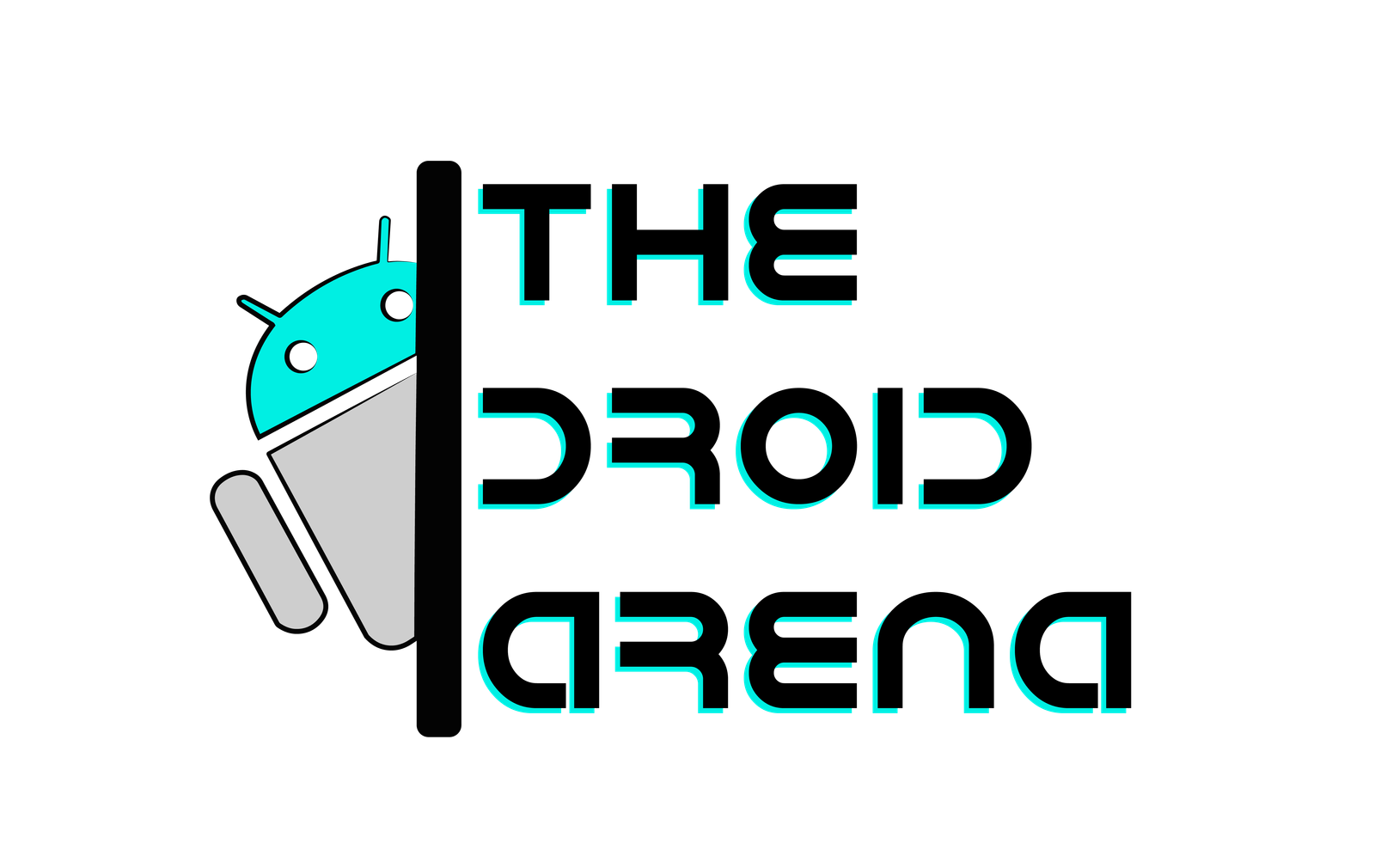Apple’s AI Crisis: Explained!
Apple’s AI Crisis: Explained!
Introduction: A Giant Falters
For a company worth over $3 trillion, with the most cash reserves in tech history, Apple rarely finds itself labeled as “late.” Yet in the revolutionary race toward artificial intelligence (AI), the world’s biggest tech giant seems alarmingly behind. While rivals sprint ahead showcasing powerful AI products, Apple’s fragmented rollouts and silent delays are starting to feel less like strategy and more like a crisis. Could this stumble mark the beginning of a familiar tech downfall?
The Rise of AI and Apple’s Missed Beat
Artificial Intelligence isn’t just a buzzword anymore; it’s the cornerstone of modern computing. The explosion of AI in consumer tech has been rapid and dramatic. Products like ChatGPT gained 100 million users within months, and companies from Google to Microsoft dove headfirst into AI.
- Google launched tools like Gemini, Circle to Search, and generative camera features.
- Samsung pushed Galaxy AI, enabling smart object removal and live translation.
- Microsoft integrated Copilot into Windows 11, Paint, and Office apps.
Almost every tech giant has a clear, demonstrable AI direction. Apple, however, has remained murky.
The “Second Mover” Strategy – Flawed This Time?
Apple’s usual success story has leaned on being a second mover—waiting for technology to mature, then perfecting it. This tactic worked beautifully with the iPhone, AirPods, and iPads.
But AI isn’t hardware—it’s a rapidly evolving software race where delay means irrelevance.
Unlike hardware trends, AI demands fast iteration, open ecosystems, and early adoption to gain meaningful user data and feedback. Apple’s careful pace, once admired, now feels like inertia.
Apple Intelligence: A Name Without a Core
At WWDC 2024, Apple finally responded with a broad initiative titled Apple Intelligence—a collection of AI tools and features embedded in iPhones, iPads, and Macs.
Promised features included:
- Genmoji – AI-generated emoji-style avatars.
- Image Playground – Create stylized AI images.
- Writing Tools – Summarize, rewrite, and enhance text.
- ChatGPT Integration – For advanced queries within Siri and system apps.
- Siri 2.0 – A complete overhaul promised to be more conversational, aware, and useful.
But here’s the problem: none of it launched on time.
Timeline of a Delayed Rollout
Here’s a breakdown of how Apple’s AI launch unfolded—and unraveled:
- iPhone 16 Launch (September 2024)
Apple Intelligence was marketed as the core new feature. But the features? Not present at launch. - iOS 18.1 Release (October 2024)
Introduced minor tools like writing summaries. Useful? Marginally. Impressive? Not really. - iOS 18.2 Beta (November 2024)
Added Genmoji and Image Playground. Cute, but clearly not revolutionary. - iOS 18.3 (January 2025)
Enabled Visual Intelligence—using the camera to interpret real-world objects. Finally something practical, but still lacking the main highlight: the improved Siri.
To this day, Siri 2.0 remains missing. No release date. No working demo. No answers.
The Problem with Vaporware Promises
The tech industry is no stranger to big promises followed by no-shows. Remember AirPower, Apple’s wireless charging pad that never shipped? Or Samsung’s Bixby Speaker that disappeared after its debut?
Apple Intelligence is starting to feel dangerously close to that territory. Despite TV commercials, web banners, and keynote shoutouts, Apple has never demoed the most hyped parts—like the Siri revamp—to real journalists or users.
🚩 Red Flag: Apple even pulled a commercial showcasing the unreleased Siri in action after public backlash over its dishonesty.
Why Apple’s AI Stumble Is Different
Apple’s slow AI rollout isn’t just a blip—it reveals three core vulnerabilities in its model:
1. AI Isn’t Core to Apple’s Business
Apple thrives on hardware sales. Its business doesn’t require AI the same way Google or Microsoft do. That reduces urgency. But it also limits innovation.
2. Second-Mover Advantage Doesn’t Work Here
AI rewards early adopters. Apple’s tight-lipped, internal-first model lacks the open developer engagement that AI ecosystems thrive on.
3. Developer Pushback
The upcoming Siri overhaul threatens third-party apps. For example, Uber might resist integration if Siri can book rides without opening the app. This disincentivizes developer support—critical for AI ecosystems to flourish.
A Tale as Old as Time: Big Tech Falls
Apple’s situation eerily mirrors past tech giants who fell from grace:
- Nokia missed the shift to smartphones.
- BlackBerry clung to physical keyboards as the world moved on.
- Skype lost video dominance to Zoom in just two years.
All were considered “too big to fail.” All fell anyway.
Apple’s massive success and deep pockets don’t guarantee immunity. Tech moves fast, and history shows that giants who ignore shifts in time are often replaced by those who don’t.
FAQs
Q1: What is Apple Intelligence?
Apple Intelligence is Apple’s suite of AI features, including writing tools, image generation, and a redesigned Siri—most of which are delayed.
Q2: Why is Apple behind in AI?
Apple’s cautious strategy, privacy focus, and hardware-first business model have made it slow to adopt rapidly evolving AI technologies.
Q3: Is Siri 2.0 available yet?
No. Despite being heavily advertised, the upgraded Siri remains unreleased with no official launch date or demo shown.
Q4: How are other tech companies approaching AI?
Companies like Google, Microsoft, and Samsung have already released robust AI tools, rapidly iterating and gaining market share.
Q5: Could Apple recover from this AI stumble?
Possibly. But they need to accelerate development, improve transparency, and deliver on their AI promises soon to stay competitive.
What Happens Next?
It’s still too early to declare Apple in free fall. They’re still an immensely profitable company. But this AI crisis is a crucial turning point. Their inability to deliver on key AI promises has shaken the once-impenetrable confidence many had in them.
To avoid becoming the next BlackBerry or Nokia, Apple must:
- Ship the new Siri and other AI tools—fast.
- Embrace developer partnerships instead of replacing them.
- Prove to consumers and analysts that Apple Intelligence is real—not just a branding illusion.
Until then, what was once the crown jewel of tech dominance is starting to show cracks.
